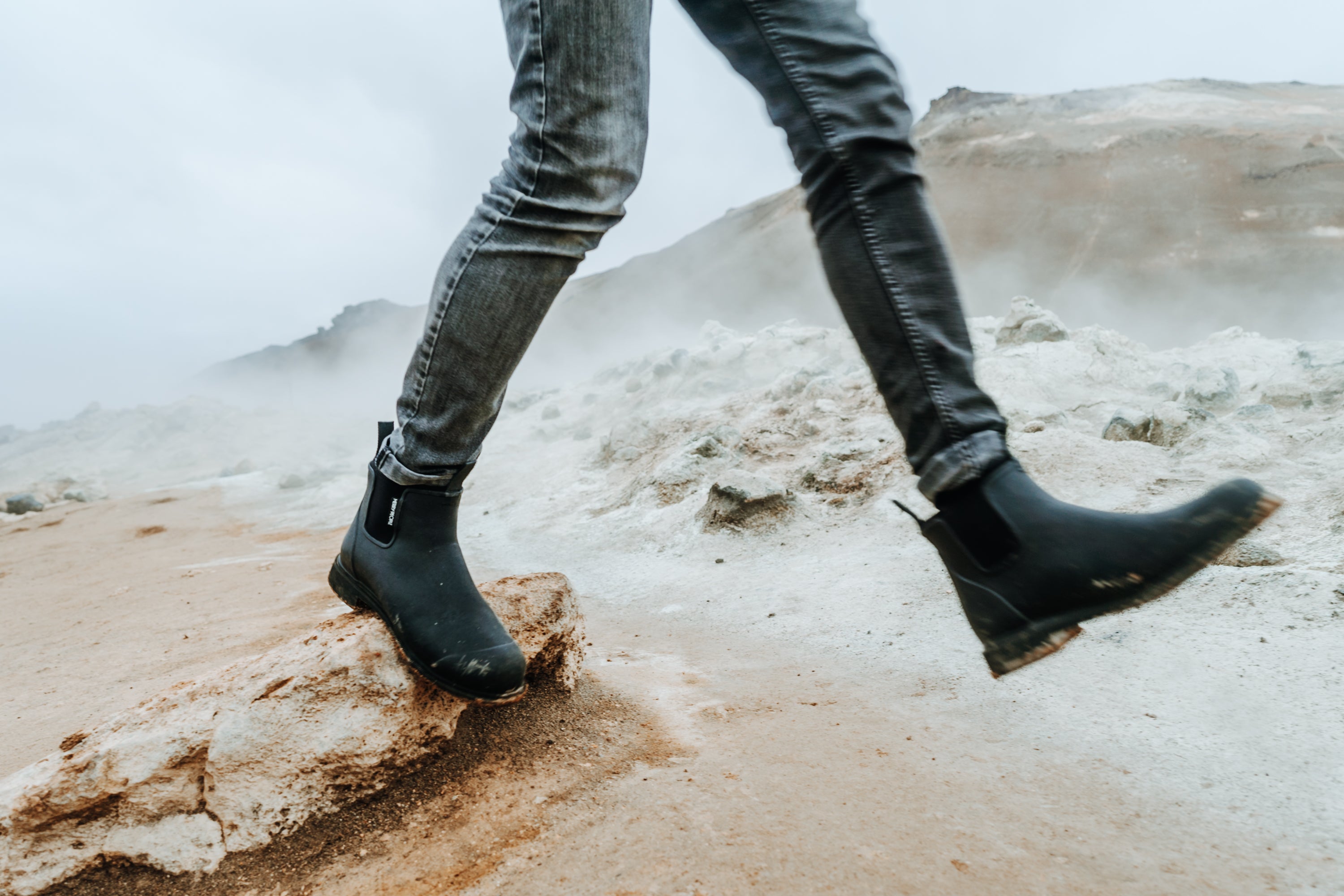Are you wondering about the difference between rain boots and snow boots? Many people like you might be under the impression that rain boots and snow boots are the same. In reality, there is a lot of variation.
While both types of footwear will keep your feet dry from precipitation, they do so in very different ways, from material to height of the boot.
Read on to find out more about how these popular shoe styles compare with each other.
Rain Boots Vs. Snow Boots
So, what is the difference between rain boots and snow boots? This question is one of the most common that we get asked when people are looking to buy new Bobbi rain boots. There isn't much difference between rain boots and snow boots, but there are some key things you need to know.
Snow boots generally have a thicker sole and are made from more synthetic materials. They also tend to be taller, usually going up past your knee, while rain boots typically stop at mid-calf. This difference in length is because some snow boots need additional insulation to keep feet warm in colder weather conditions, whereas rain boots only need protection against moisture.
Rain boots are typically more comfortable and flexible than snow boots, since they typically don’t have heavy insulation built into them. A good pair of rain boots can easily be adjusted to enhance foot comfort and are suitable for any muddy condition. A perfect example of these boots is the Darcy Mid Calf Boot.
The Difference Between Garden Boots And Rain Boots
There are a few crucial differences between garden boots and rain boots.
Neoprene usually is the primary material present in garden boots. But rain boots can come in various materials, such as rubber or other synthetic materials, which makes garden boots more flexible and easier to wear for extended periods.
Garden boots often have a height that only reaches the top part of your ankle, while many rain boot styles go up to your mid-calf. This length can make them more difficult to wear over pants, but it also means that they don't get in the way when you're out and about.
Garden boots are also more likely to be lined with insulation and have an additional removable insole. With this extra padding, garden boots can be more comfortable to wear in warmer weather.
But with that in mind, the proper pair of high quality rain boots can easily be worn when spending your day in the garden, provided they offer you the proper fit!

Extending The Life Of Your Snow, Rain, And Garden Boots
When you are not wearing your snow, rain, or garden boots, it is best to store them in a place free from moisture or wetness of any kind, along with allowing them the chance to fully dry properly. Be sure to wipe them down with a damp cloth to remove any excess dirt or debris build up before putting them away.
In Summary
Rain boots, snow boots, and garden boots are all different types of footwear that you can wear in various weather conditions. It is vital to know the differences between these three styles so you don't end up with wet feet or frostbite!
Rain boots may or may not have insulation which might make them uncomfortable for use on freezing cold days; however, they make great protective gear when it's raining out. Garden boots usually only reach your ankles, whereas rain boots may go higher up past your knee, making it easier to walk with pants but limiting mobility because there is less room around your ankle. Snow boots are designed to keep your feet both dry and warm along with typically offering you great traction to prevent any accidental slips. Be sure to store all your boots properly so you can ensure you get the maximum lifespan out of them!











